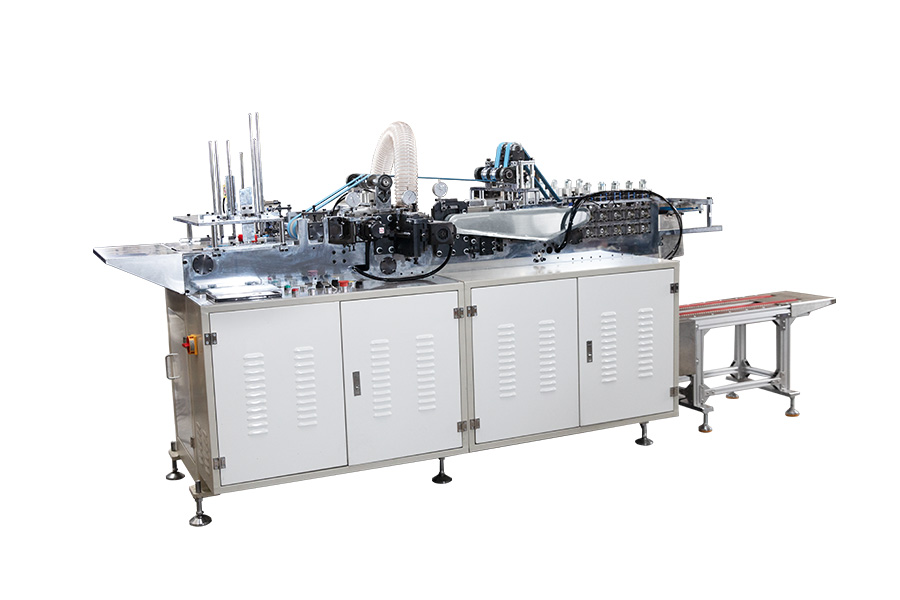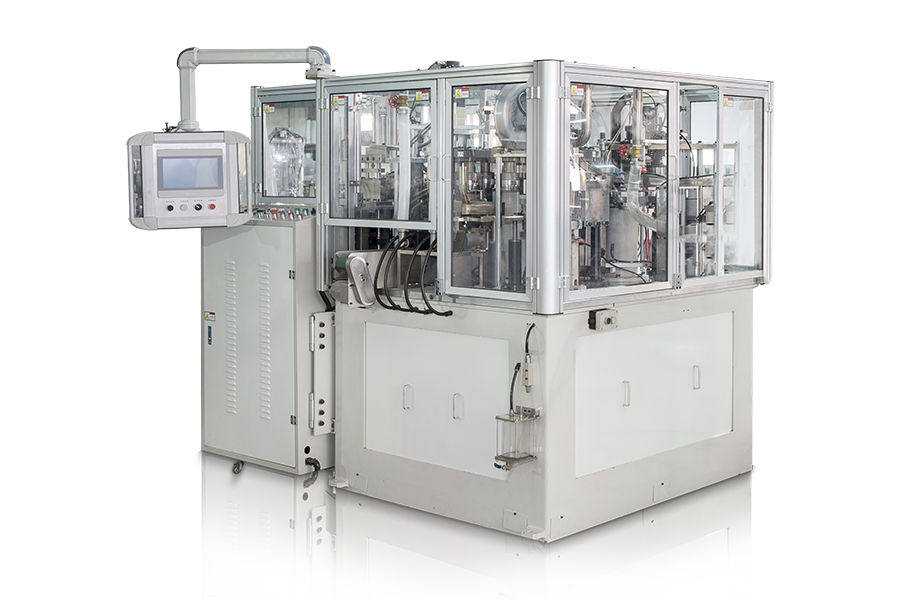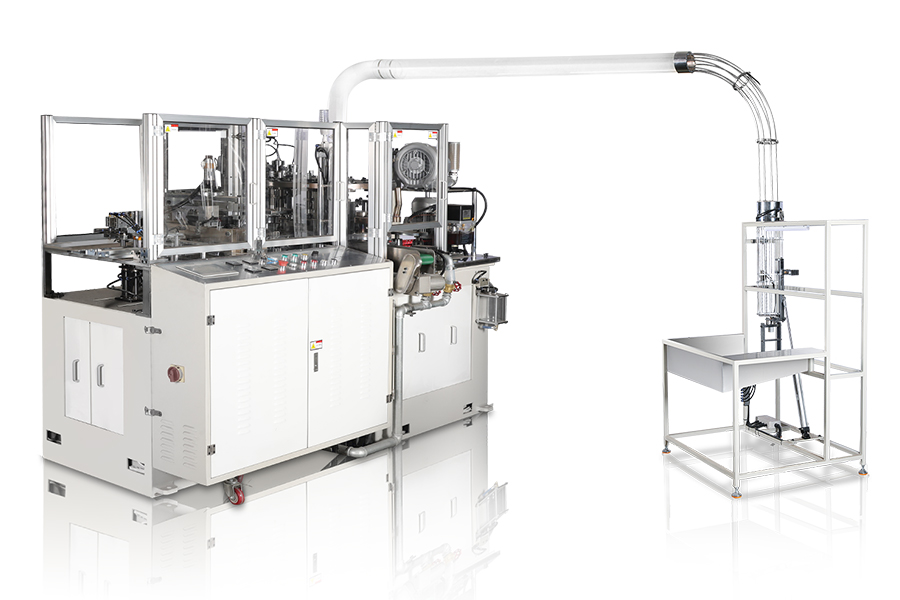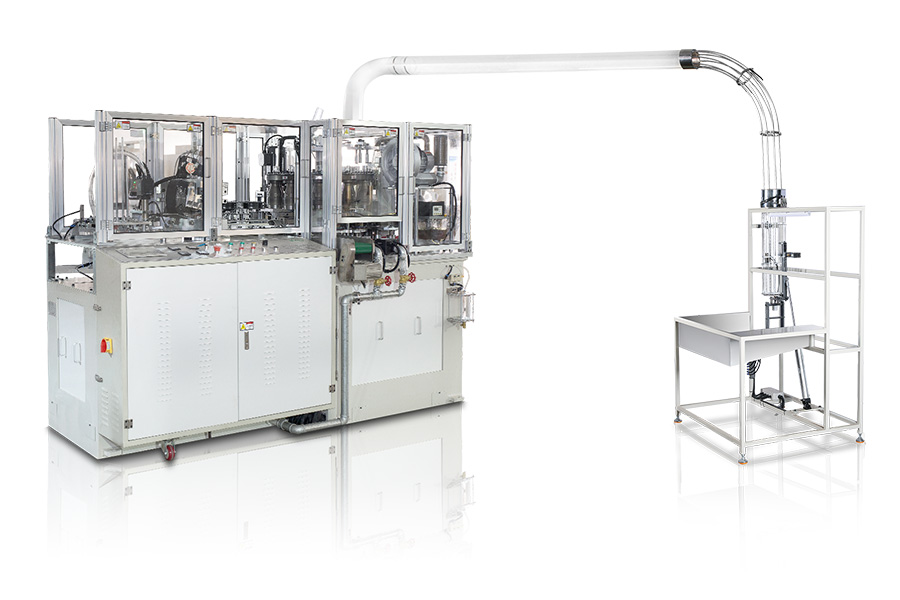The Material and Craftsmanship: The Evolution from Simple Paper to Double PE Coating
The choice of material for a container lid is a direct determinant of its function and application. While early lids were often simple paper structures, offering lightness but lacking in moisture resistance and durability, the increasing demand for food safety and temperature retention has led to the rise of double PE coating technology. PE (polyethylene) coating involves applying a thin layer of plastic to the paper’s surface. A single PE-coated lid is typically suitable for cold beverages or dry foods, as it effectively prevents moisture from seeping through the paper, thereby maintaining its shape and integrity. However, for hot drinks, soups, or high-humidity environments, a single layer simply falls short. This is where double PE-coated lids truly shine. By applying a coating to both the inner and outer surfaces of the paper, they offer superior water and oil resistance, as well as enhanced heat endurance. This ensures that the lid won’t soften, deform, or leak when holding hot food, providing consumers with a much more reliable guarantee. This material and craftsmanship upgrade marks a significant step in the evolution of container lids from a simple functional accessory to a high-quality user experience.
The Design and Functionality: Why That Little Hole Is So Crucial
Have you ever noticed the small hole on the lids of many hot beverage and soup containers? This seemingly insignificant design choice is actually rooted in a deep understanding of physics and user safety. When a hot liquid is covered, the steam inside rapidly expands, creating pressure. Without this crucial hole, the lid could be forced open, or even pop off suddenly, posing a scalding risk. The small vent acts as a safety valve, allowing the steam to be slowly released and balancing the pressure inside and out. This prevents the lid from being dislodged while also stopping the contents from splashing out due to uneven pressure. Furthermore, this hole also provides a convenient entry point for a straw. In terms of size, universal lids can accommodate a maximum top diameter of 160mm. This means they are versatile enough to fit a wide range of large-caliber bowls and buckets, from family-sized salad bowls to large buckets of fried chicken. This dimensional compatibility greatly enhances supply chain flexibility, as businesses no longer need to source a specific lid for every single container, thereby effectively reducing operational costs.
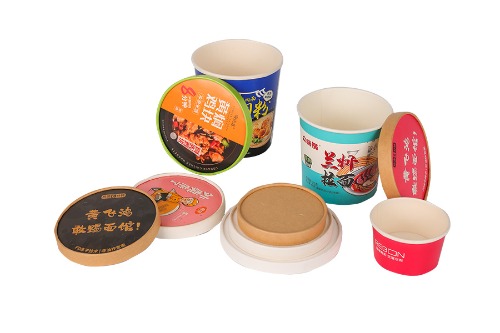
Customization: Meeting a Diverse Market’s Ever-Changing Demands
Despite the goal of providing standardized solutions, the market is always driven by a desire for personalization. Consequently, customized production has become the inevitable path to meeting the unique needs of different clients. Businesses can tailor the lid’s printed patterns, colors, and logos to align with their brand identity, making the packaging an integral part of their marketing efforts. Beyond aesthetics, functional customization is equally important. For example, specific dimensions and structures can be tailored for unique container shapes, while the thickness or material of the double PE coating can be adjusted for applications requiring higher water or heat resistance. These customization options provide manufacturers with immense flexibility, allowing them to adjust their production lines to meet diverse, small-batch demands while still maintaining large-scale standardization. This approach not only boosts customer satisfaction but also helps manufacturers build a distinct competitive advantage in a fierce market.
Sustainability and the Future: The Eco-Friendly Path of Universal Lids
As global environmental awareness continues to grow, the future development of universal lids is moving toward a more sustainable and eco-friendly direction. While traditional PE coating is highly functional, its non-biodegradable nature poses a significant environmental challenge. Therefore, biodegradable materials, such as PLA (polylactic acid) coating or water-based coatings, are gradually becoming the new choice. These novel materials can decompose under specific conditions, reducing their long-term impact on the environment. Furthermore, container lids play a crucial role in the circular economy. By using recyclable paper materials and designing easily separable coatings, the lids can be more readily recycled after use. In the future, universal lids will be more than just functional packaging accessories; they will be an important vehicle for promoting environmental protection and sustainable development, contributing to a better future for our planet while still offering convenience.






 English
English عربى
عربى 中文简体
中文简体

